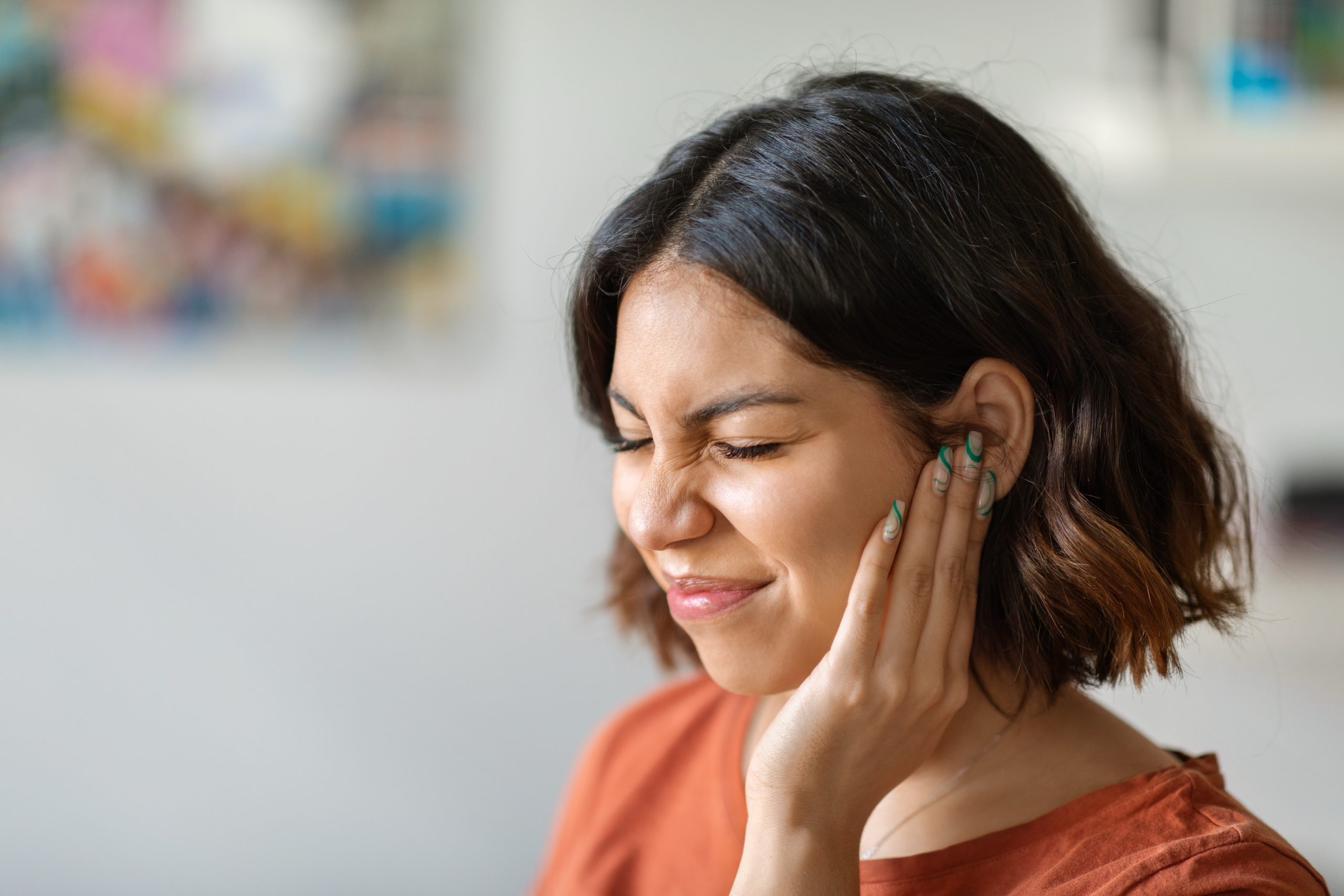Ear infections can be incredibly uncomfortable and disruptive, affecting your daily activities and overall well-being. One common type of ear infection is otitis externa, also known as ‘swimmer’s ear,’ which impacts the outer part of the ear. This external ear infection can cause various symptoms, from itching and redness to severe pain and even hearing difficulties.
By understanding the causes, symptoms, and effective treatments for otitis externa, you can empower yourself with the knowledge to manage this condition and prevent further complications.
In this article, we’ll explore the signs and symptoms of otitis externa, its common causes, and the various treatment options available, including antibiotics. Remember, there are effective treatments out there, and you’re not alone in dealing with this condition.
Signs and Symptoms of Otitis Externa
- Itching
- Redness
- Discomfort is made worse by pulling or pushing on the earlobe and other parts of the ear (which moves the ear canal)
- Drainage
- Pain, sometimes radiating to the face, neck, or side of the head
- Feeling of fullness
- Muffled hearing
- Bumps in the neck
- Fever
What Causes External Ear Infections?
Otitis externa, often referred to as “swimmer’s ear,” can be triggered by dampness from swimming in water with high bacteria levels. However, other causes are equally significant:
- Aggressive cleaning: Using fingernails or cotton buds can cause scratches, allowing bacteria to enter.
- Ear devices: Earbuds, hearing aids, or other ear devices can irritate the ear.
- Skin allergies or irritation: Jewelry, hairspray, or hair dye can contribute to irritation and inflammation.
External Ear Infection Treatment
Ear drops are the first-line treatment for otitis externa:
- Over-the-counter ear drops: These can consist of acetic acid (vinegar) to acidify the ear canal, plus cortisone to heal inflammation. These are usually not strong enough to cure a severe infection.
- Prescription antibiotic ear drops: These include:
- Cortisporin (neomycin-polymyxin B-hydrocortisone)
- Ciprodex (ciprofloxacin/hydrocortisone)
- Amoxicillin
- Augmentin (amoxicillin/potassium clavulanate)
- Ciloxan (ciprofloxacin)
- Ocuflox
- Floxin (ofloxacin)
- Prescription antifungal ear drops: Lotrimin (clotrimazole) 1% or Locacorten (flumetasone pivalate) 0.2%/clioquinol 1% (effective only if the infection is caused by a fungus, which is rare).
Conclusion
Otitis externa, also known as swimmer’s ear, can be painful and disruptive. However, it’s often effectively treated with appropriate ear drops. The key is to recognize the signs early and seek timely treatment. This proactive approach can help you take control of your health, prevent complications, and provide relief, allowing you to get back to your daily activities without discomfort.
Remember, if you’re experiencing symptoms of otitis externa, QuickMD is here to help. Our online platform allows you to conveniently seek professional medical advice and get a prescription for antibiotic ear drops, all from the comfort of your home.
















